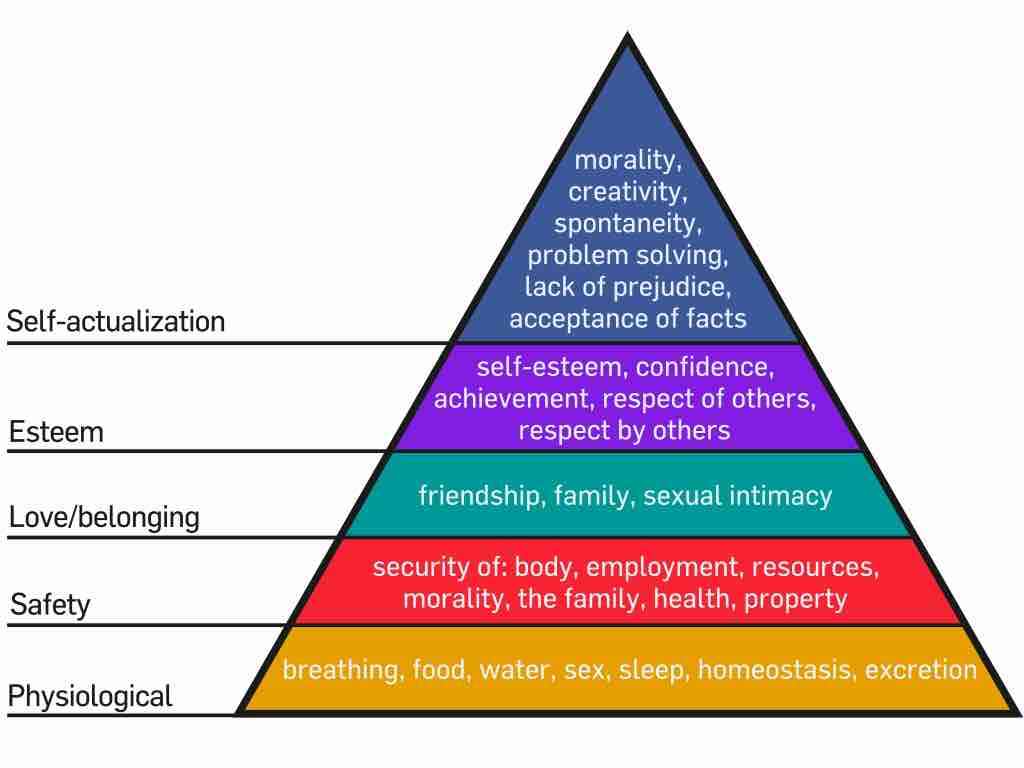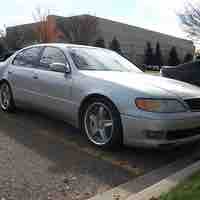Section 2
Theories of Motivation
Book
Version 6
By Boundless
By Boundless
Boundless Business
Business
by Boundless
4 concepts

Maslow's Hierarchy of Needs
Maslow's hierarchy of needs are a series of physiological and emotional requirements for human contentment, arranged in order of necessity.

Herzberg's Two-Factor Theory
The Two-factor theory indicates that one set of factors at work cause job satisfaction, while another set of factors cause dissatisfaction.
MacGregor's Theory X and Theory Y
Theory X and Theory Y describe two contrasting models of workforce motivation applied by managers in human resource management, organizational behavior, organizational communication, and organizational development.

Ouchi's Theory Z
Ouchi's theory focuses on increasing employee loyalty to the company by providing a job for life and focusing on the employee's well-being.